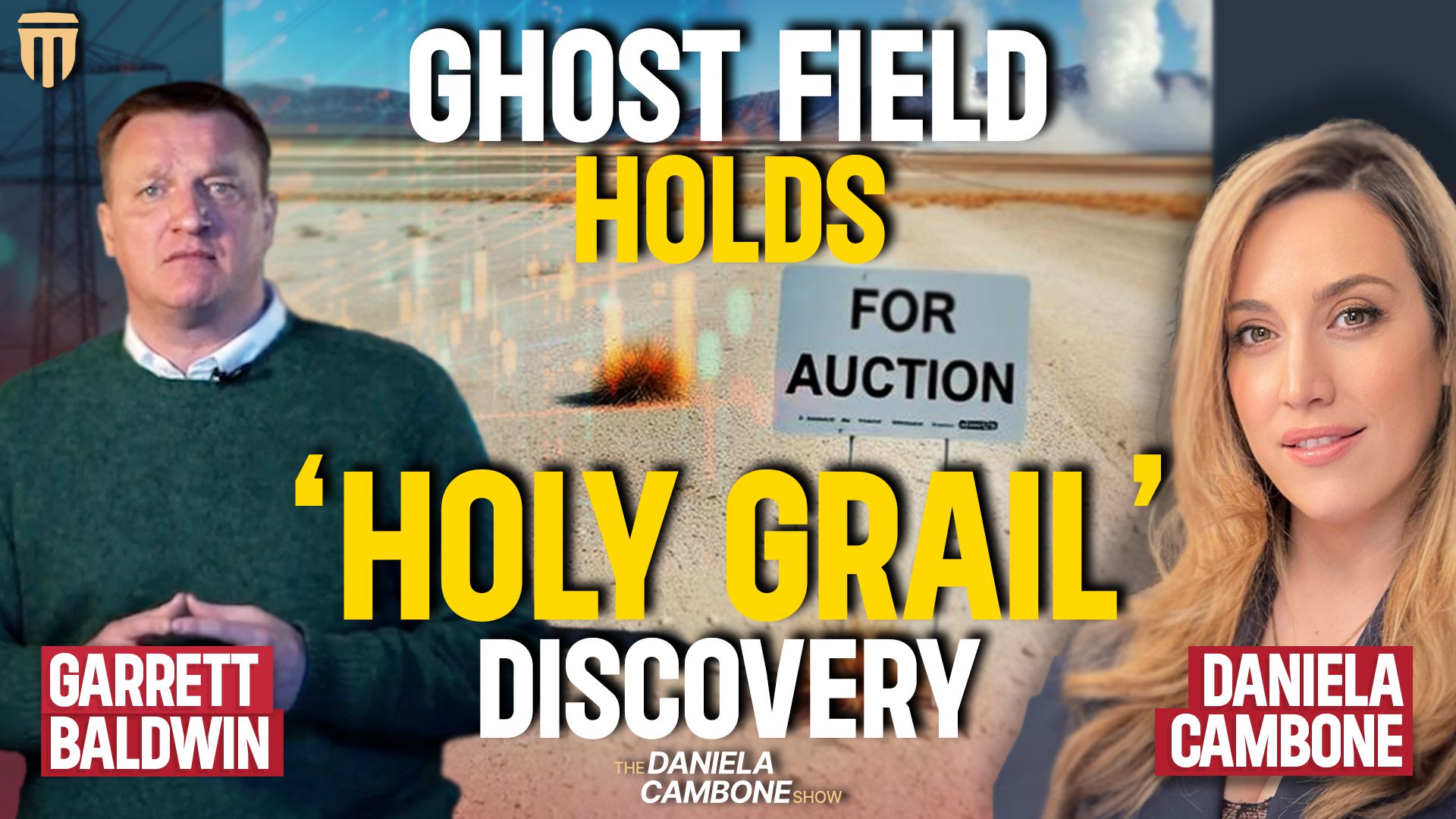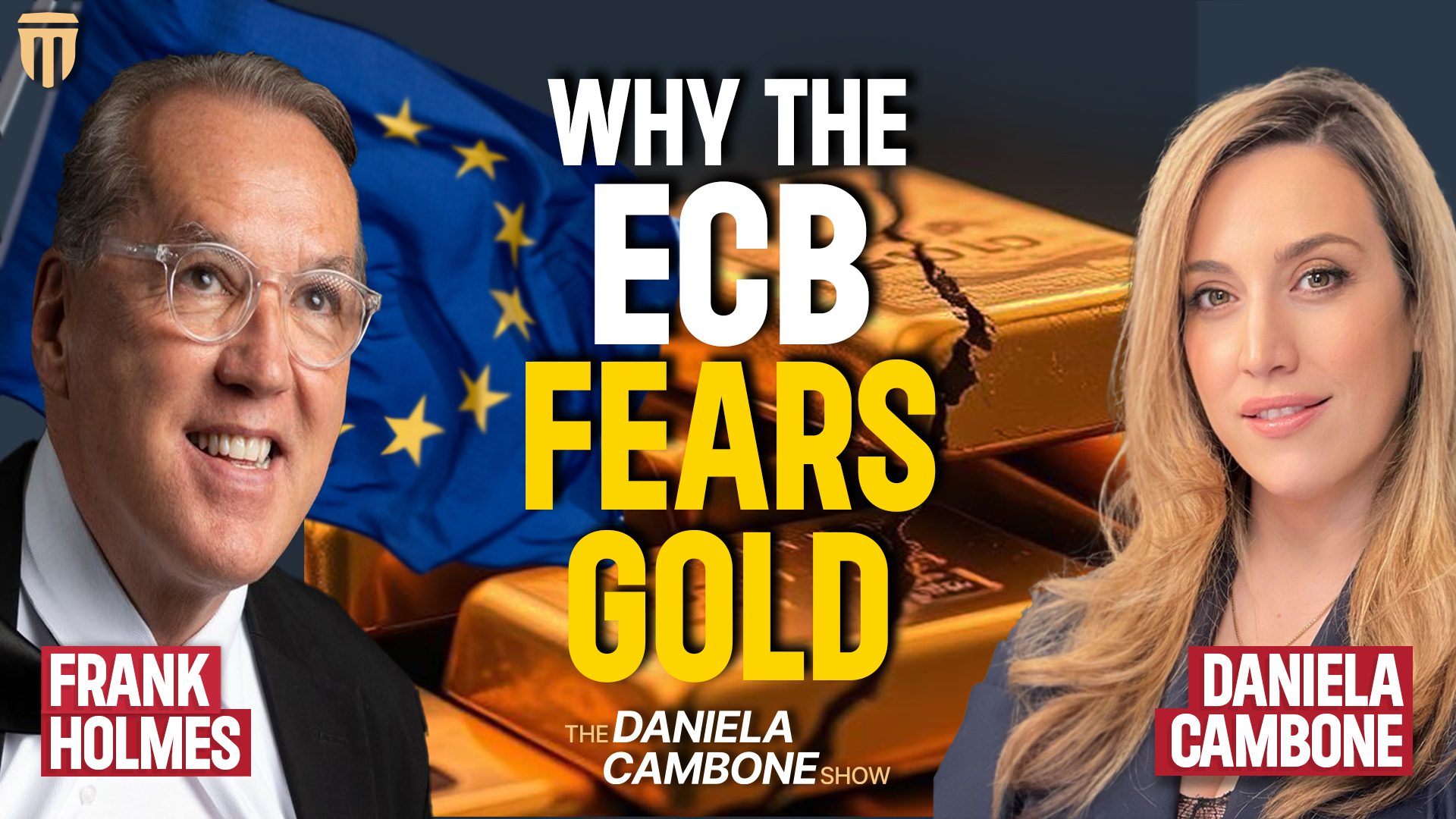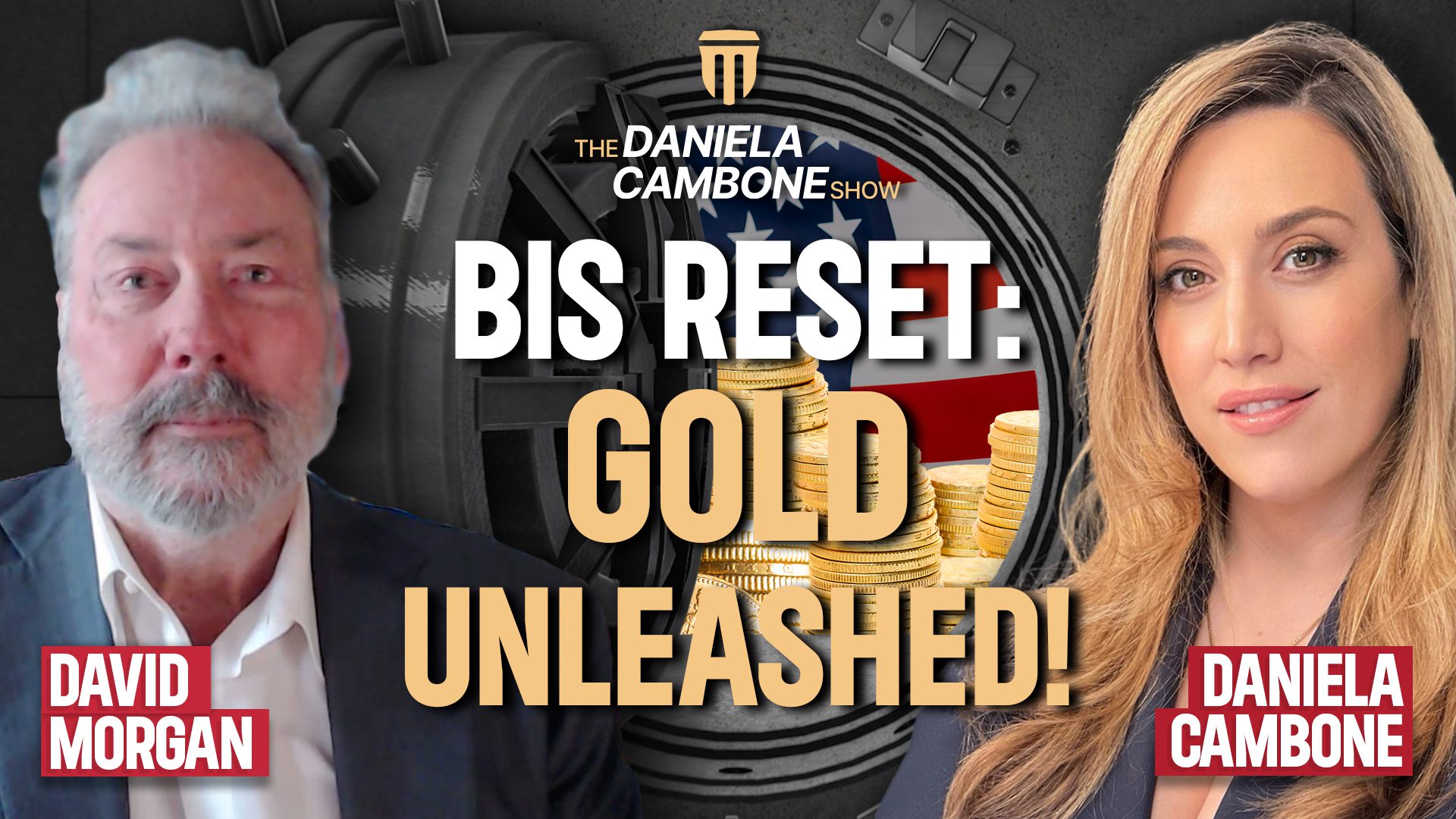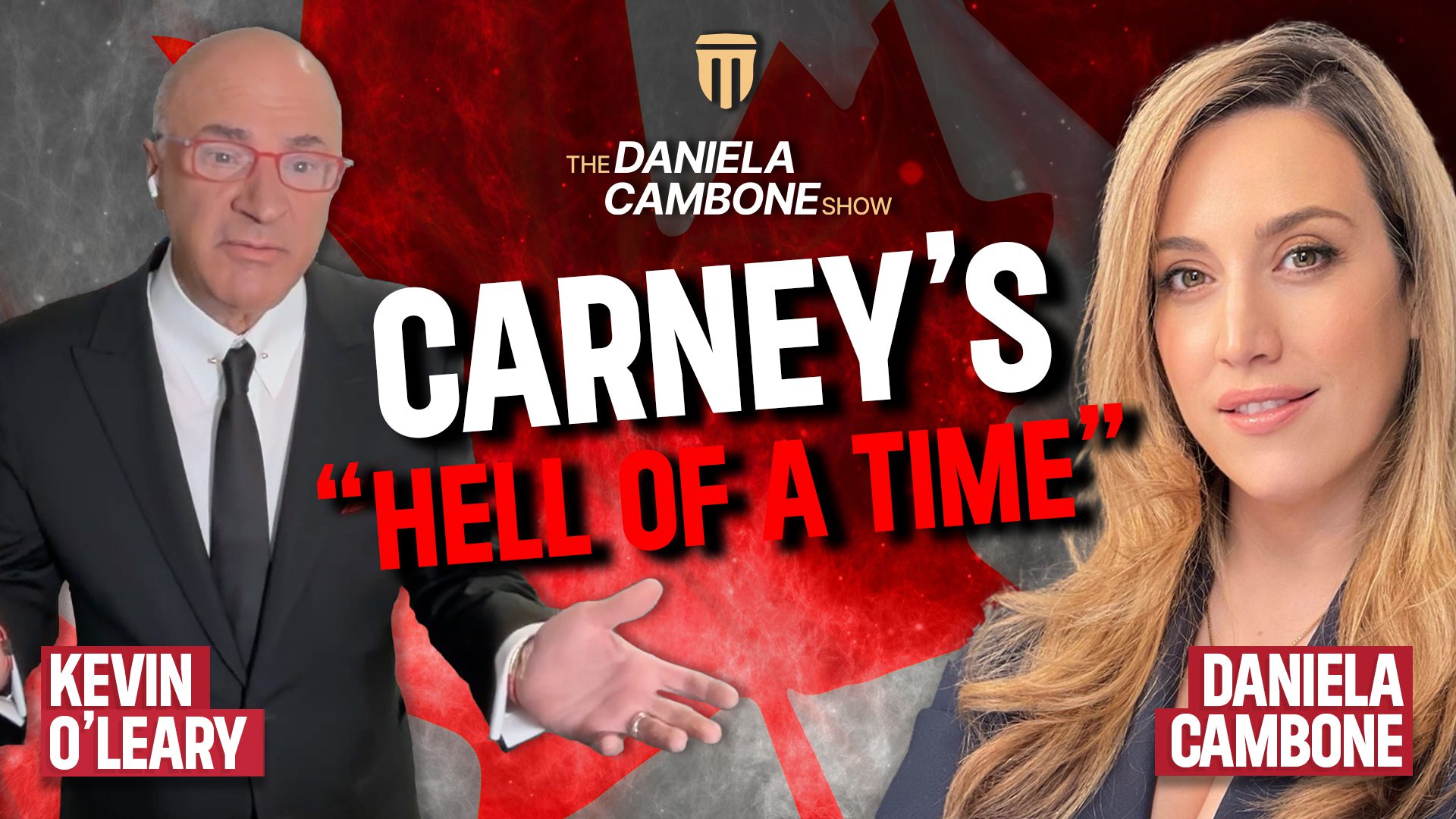The Difference between “Note†and “Assetâ€

What has become unclear to most Americans (and many around the world) is the difference between A Note And Asset. As times have changed and “progress†has been made, some things that seemed clear and simple in the past have become more vague, and some would say “Obfuscatedâ€. “Obfuscated?†you ask? Yes. From Webster’s Dictionary obfuscate means:  to be evasive, unclear, or confusing. Why does this matter? Because Notes are not Assets and Assets are not Notes, and if you hold one thinking it is the other, you won’t be alone, but you will be crushed. Let me explain.
An “Asset†as defined by Webster is: an item of value owned. “Owned†is the key here. In order to be a true asset, no other person or entity should have a legal claim on any part of the particular item. For Instance, while you may think of your car as an asset, unless it is paid for in full and you have the title in hand it is a “Liabilityâ€, meaning you are Liable. Again, from Webster’s, Liable: obligated according to law or equity. In fact, until the car is paid off, only the bank that owns the loan can consider the vehicle an “assetâ€.
More confusing than the term “asset†is the word “noteâ€. In earlier times the word note was used interchangeably with the words “Loan†and “Borrow†and “Debtâ€. Again, from Webster’s, Note: a written promise to pay a debt. These days you get a car “loan†or a house “mortgageâ€, though it would also be correct to say that you owe a “note†on your house or have a “note†to pay on your vehicle. However, you probably have a lot more “notes†than you think. Just open your wallet. Across the top of every U.S. denomination of currency you will find the words “Federal Reserve Note†in bold print. What does that mean exactly? Well first, this means that the currency you hold actually belongs to the Federal Reserve, not to you. It also means that the “bill†you are holding is exactly that, it is a debt that the Federal Reserve owes, and debts equal risk. Now would be a pertinent time to state that all governments throughout time that have issued paper currencies have reneged on their obligations to their currency holders, and failed to produce a currency that can store value. All paper currencies fail eventually – showing that they are truly a liability, and not an asset.
So what now? Clarity. Clarity is your responsibility. What was simple has now been made complex, up is down and wealth is debt. These days you can make money by owning something that is decreasing in value (shorting a stock) or declare a liability as an asset (using your house as collateral), but just because the current financial world doesn’t differentiate between true assets and true debt, doesn’t mean it is always going to be this way. Where do you want to be when the markets are forced back into reality? I for one, would rather be holding an asset with no counterparty risk, than debt created by a government that has no way to repay it’s debt. Seems logical, right?
Logic is exactly what has become obfuscated by governments and markets over the last several decades, and don’t let this confusion fool you. If you have never seen the following quote from former Fed Chairman Alan Greenspan, ask yourself, “why not?â€
“In the Absence of the gold standard, there is no way to protect savings from confiscation through inflation. There is no safe store of valueâ€
If every American understood this, they would not allow the governments to just print money, especially “notesâ€. Gold is a safe store of value and has been for over 5000 years, it depends on no bank or backer for it’s value and has no counterparty risk, as the bonds, notes, and stocks that are so prevalent today do.  Now, perhaps with clarity, you may see your investments differently. If you have more liabilities than assets, restructuring the debt of governments into gold assets is the only way to do so, just ask Mr. Greenspan if there is a difference between note and asset.















